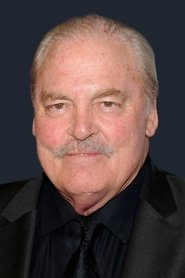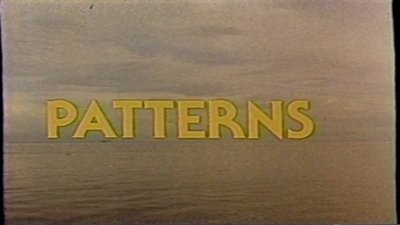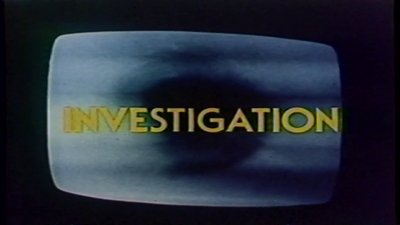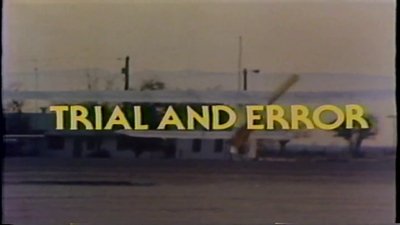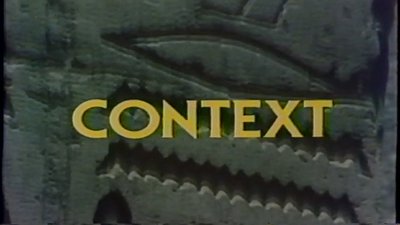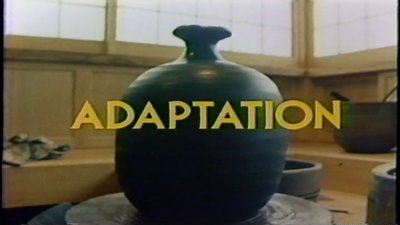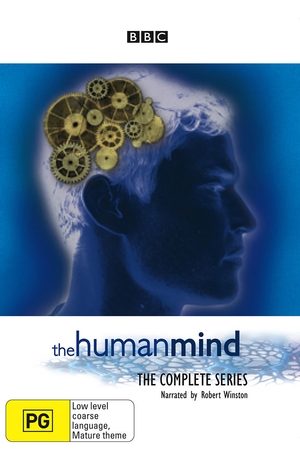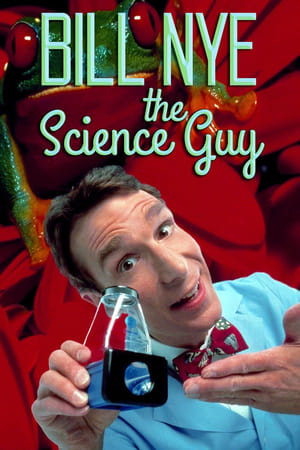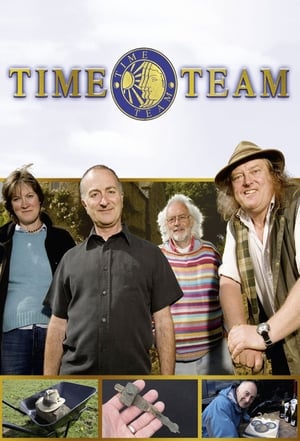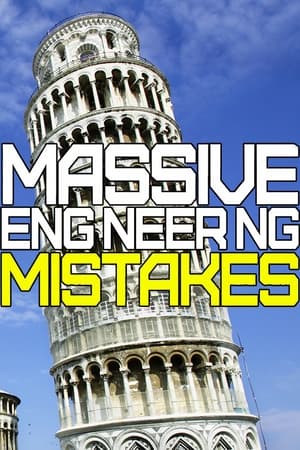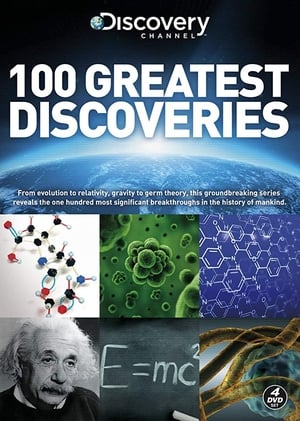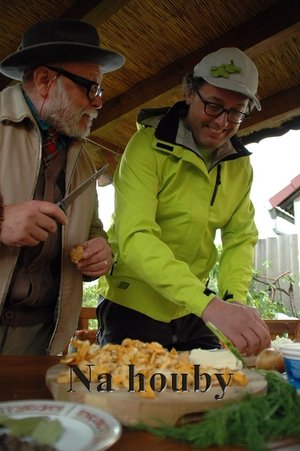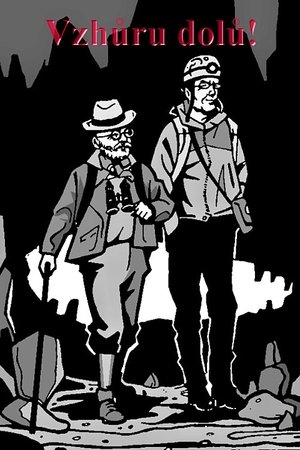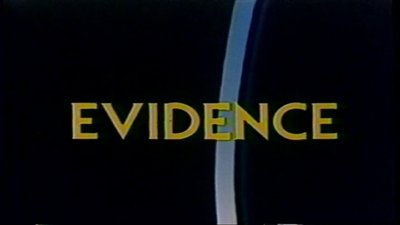
Evidence
Episode 1 • Jun 10, 1980
An astronomer discusses his method of collecting photographic evidence; a giant hole in Arizona was learned to be the imprint of a meteorite; a re-enactment of a recorded sighting by English monks; a phone company employee uses his highly-trained ear to listen for subtle signs of disturbance on the phone lines; an epidemiologist was able to deduce why the women and children of a tribe in New Guinea were dying; a criminologist discusses the types of legal evidence used in criminal trials; a psychologist testifies in court about the unreliability of the human memory and a witness's response to police photos; in the case of the man convicted of bank robbery, a criminologist comments on how the witness identifications may have been manipulated; paleoanthropologist Richard Leakey collects evidence of his theory that there were once three human species co-existing in Africa at once; a recent photo of a huge crater on the dark side of the moon may have been the result of a major meteorite.

